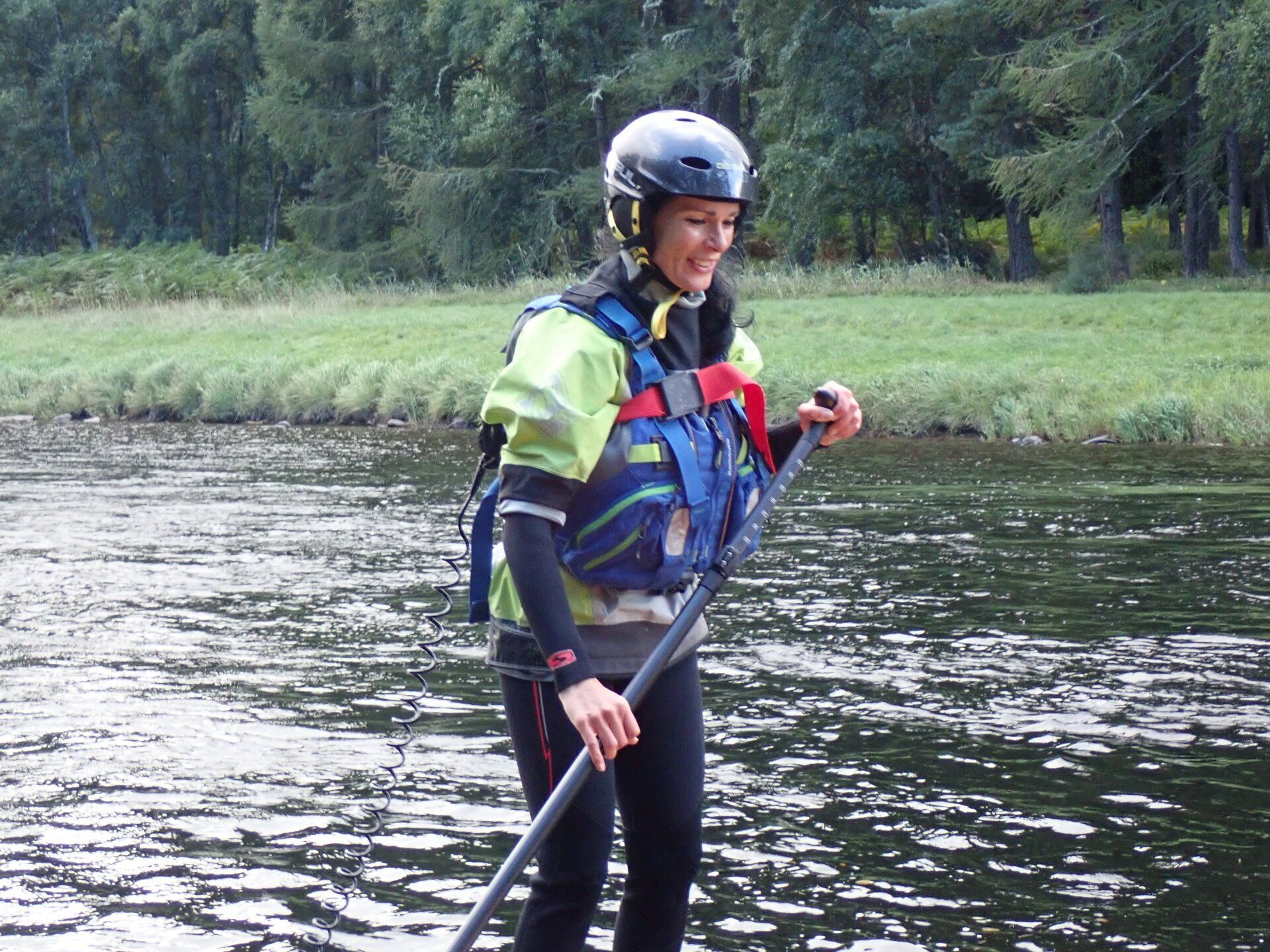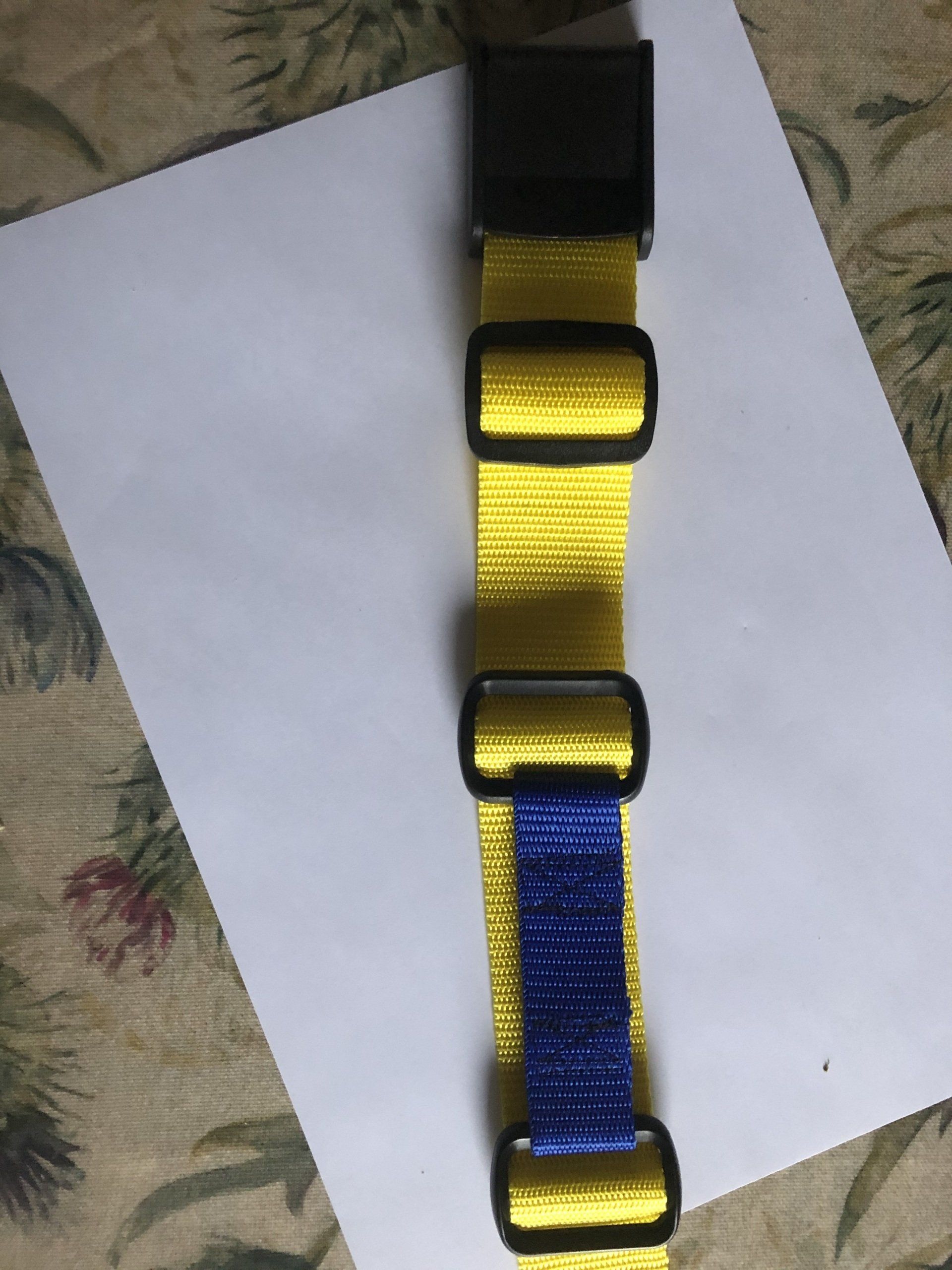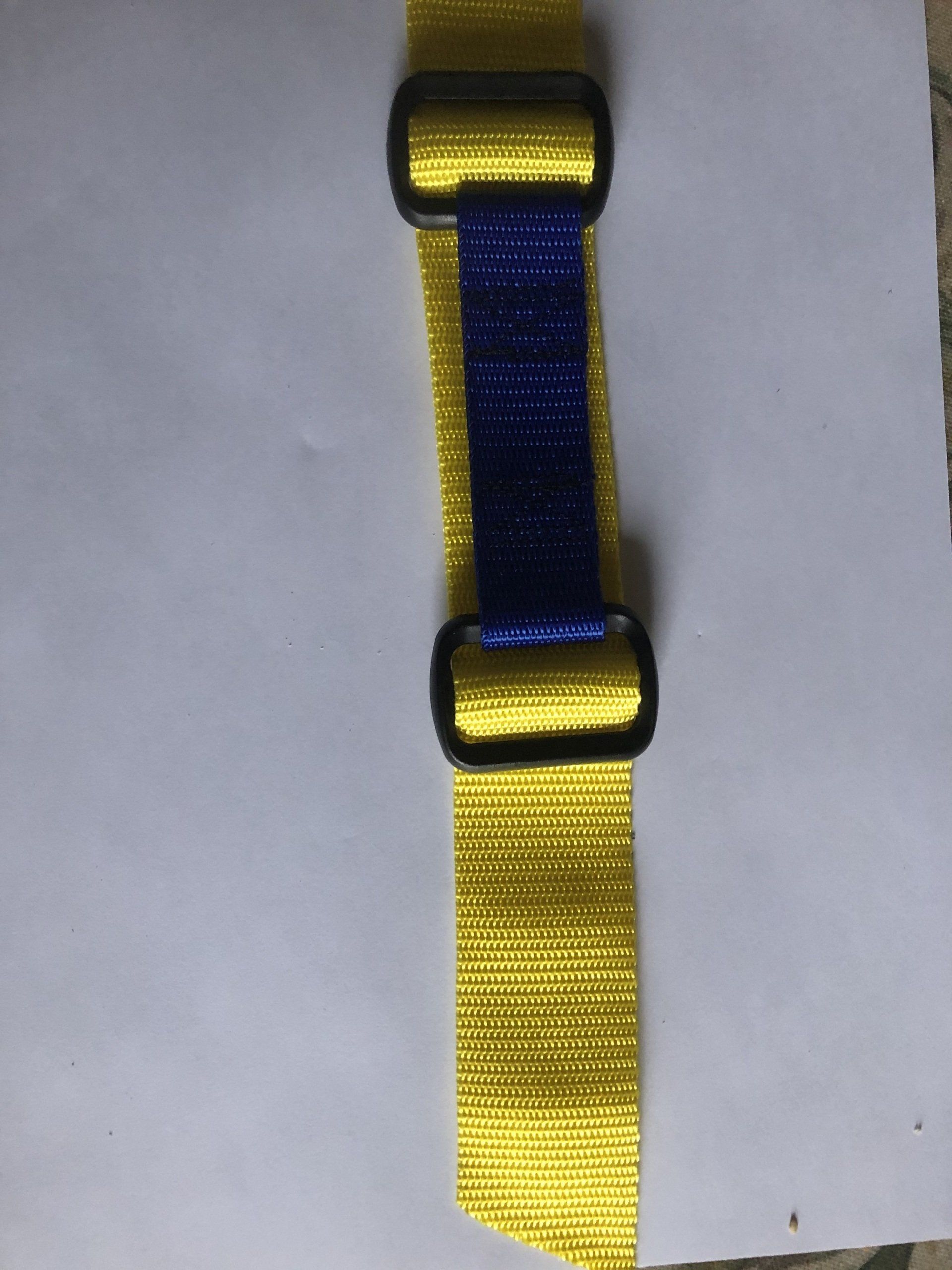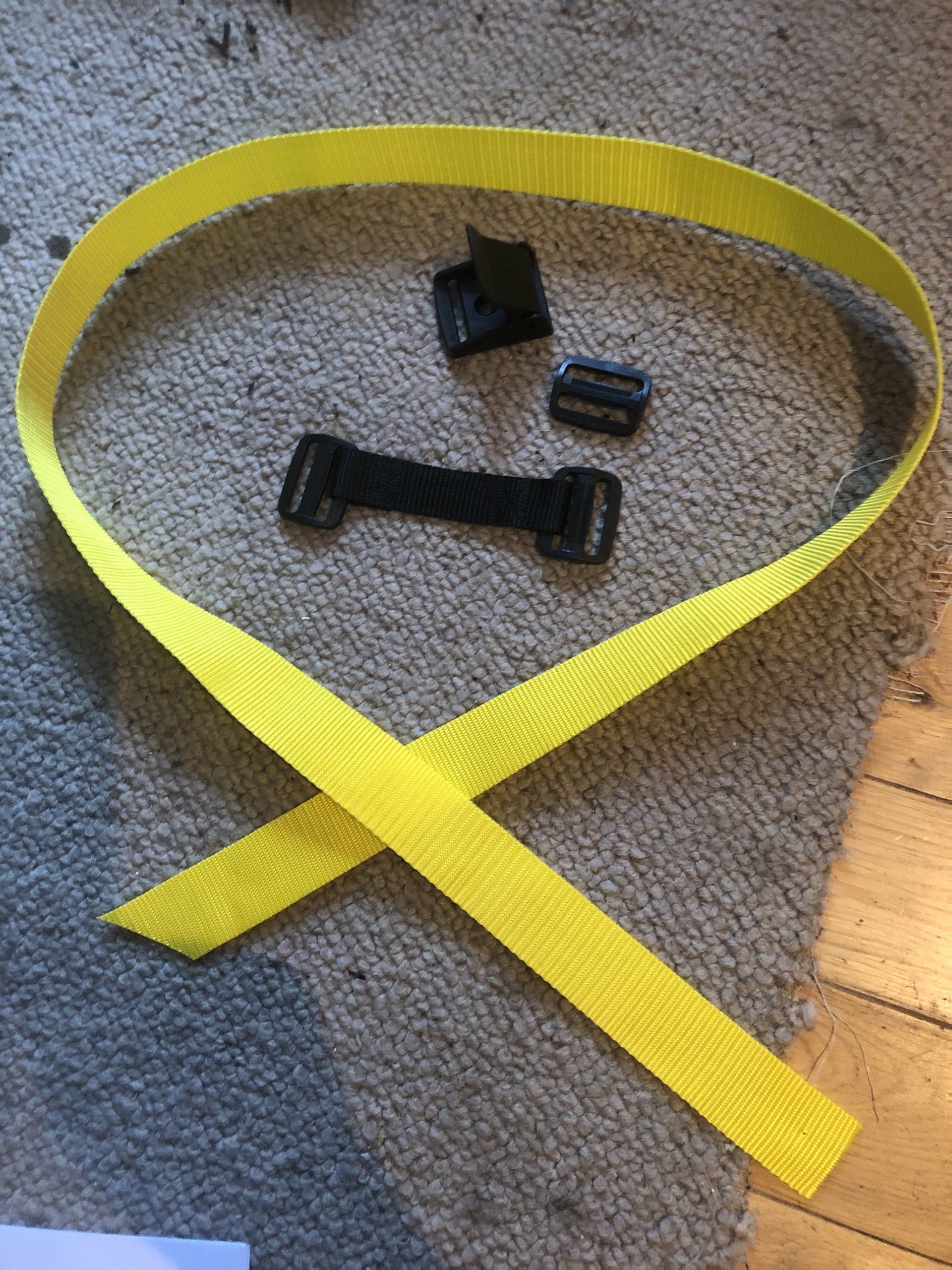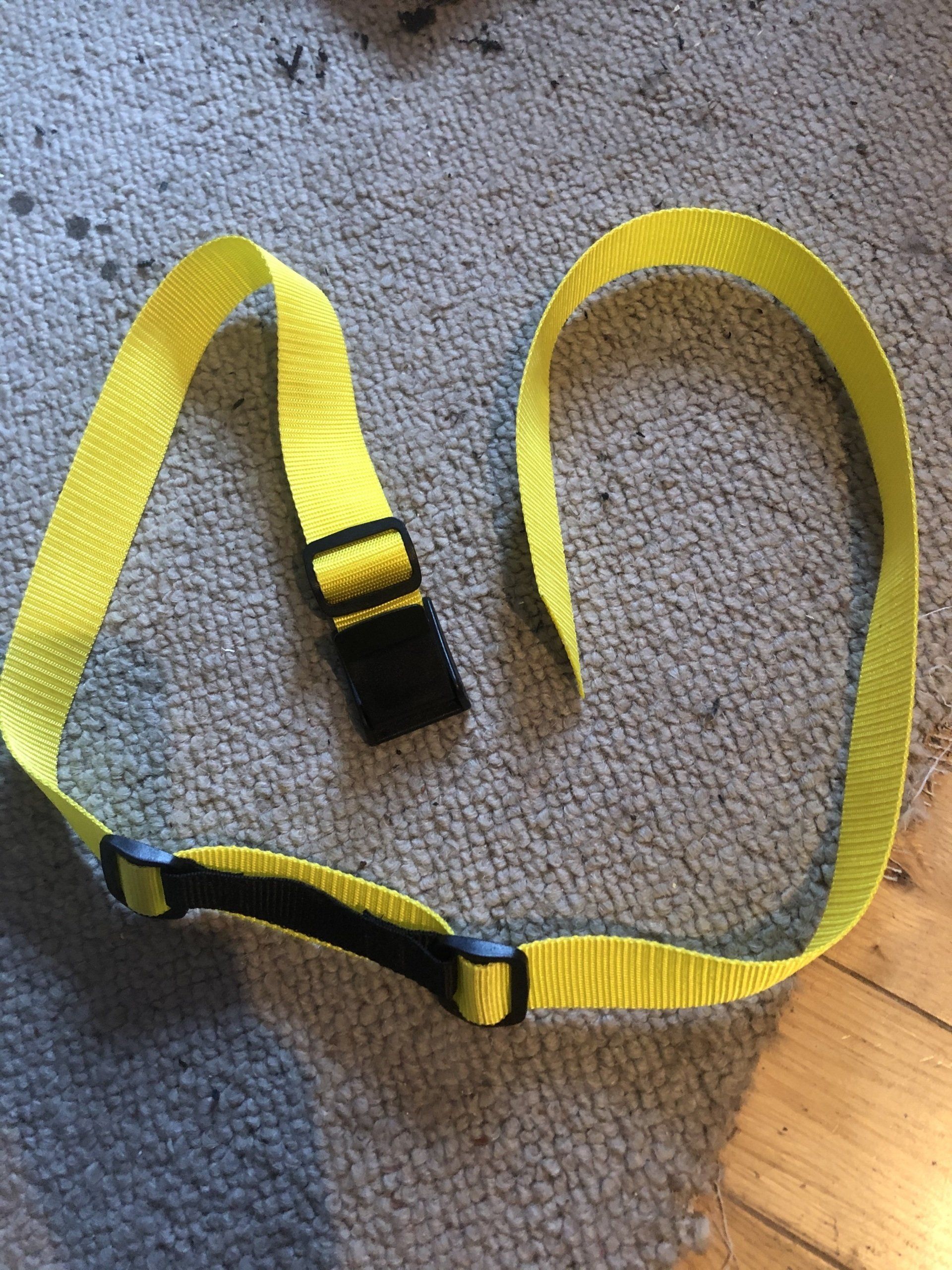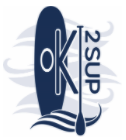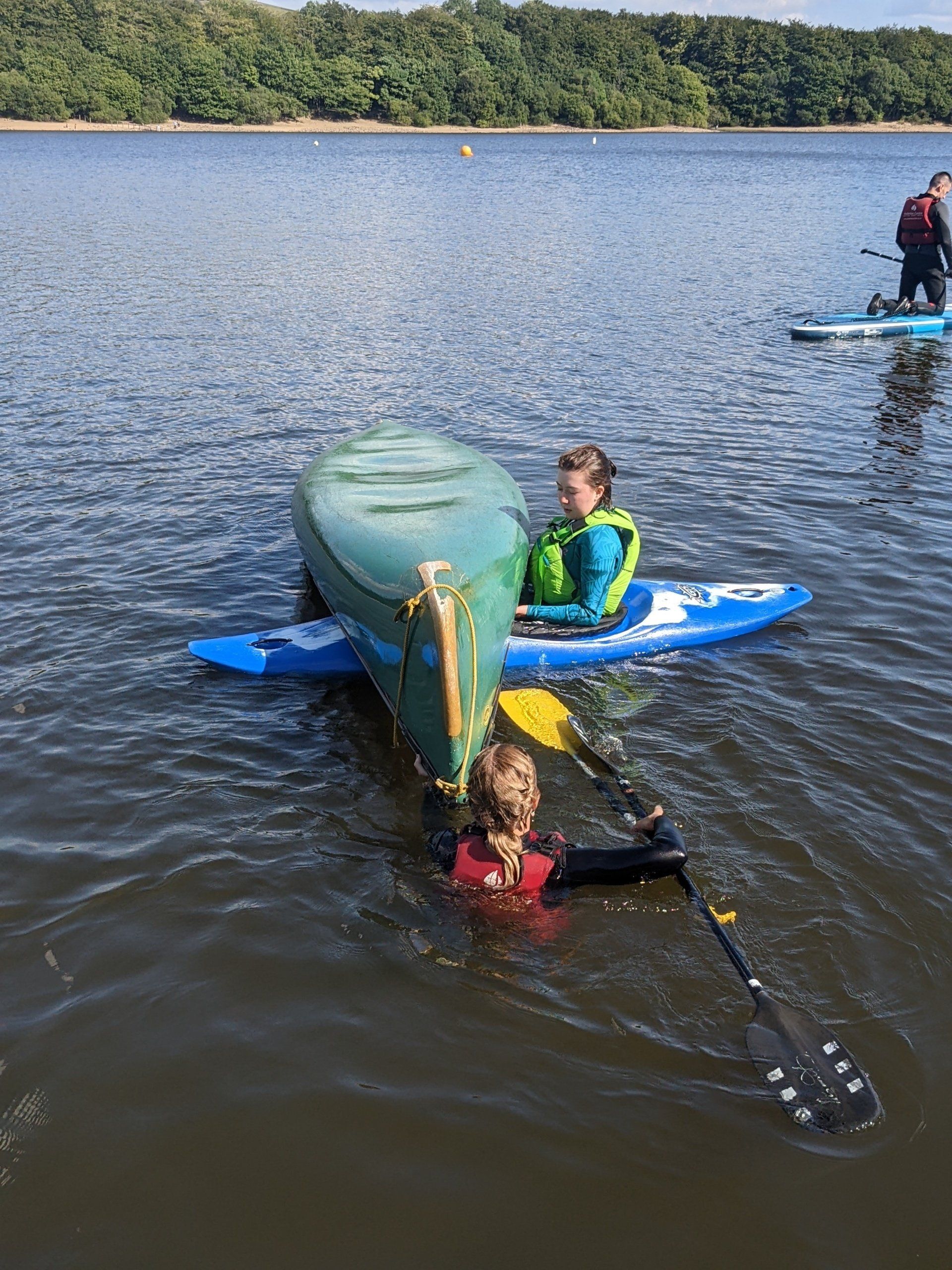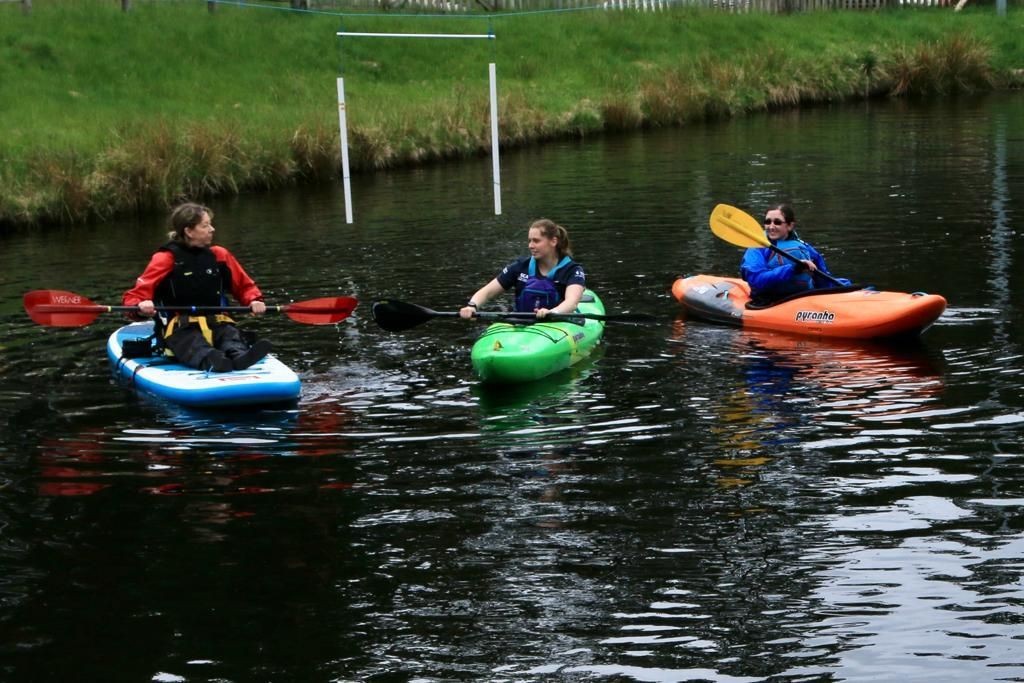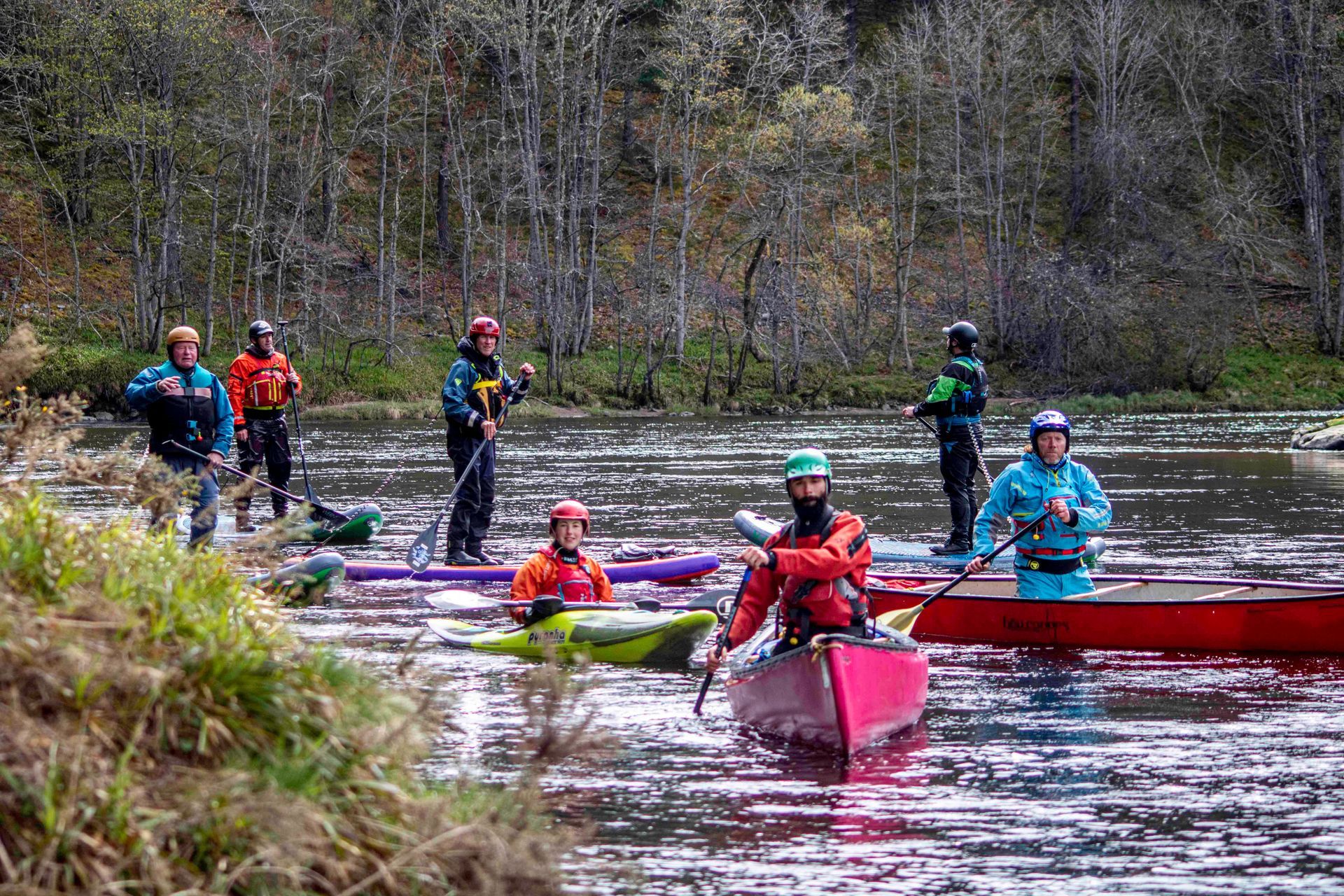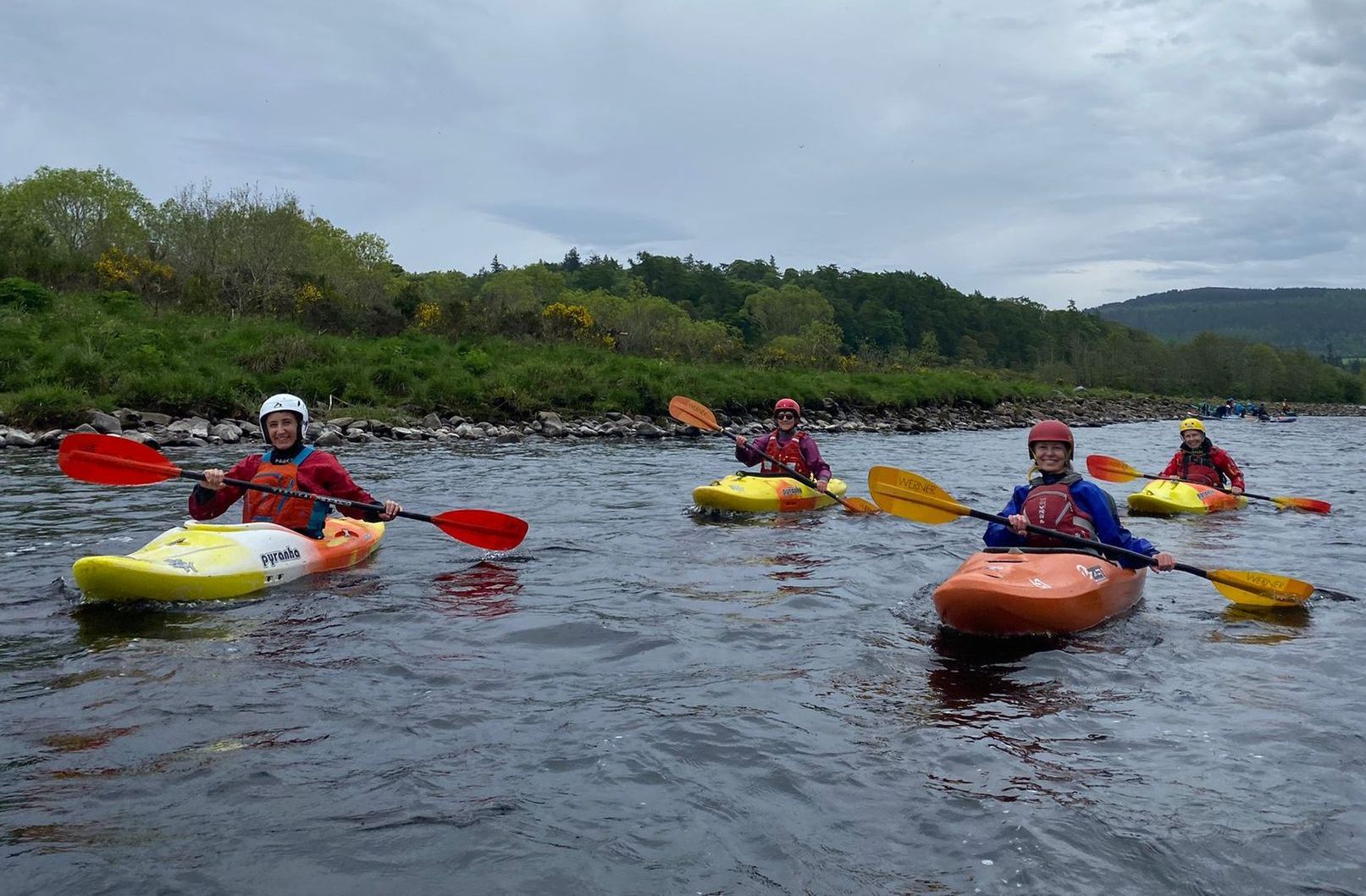The use of the Quick Release (QR) belt for SUP Paddlers
The use of the Quick Release (QR) belt for SUP Paddlers
The quick release belt provides an opportunity to be attached to your SUP board in a safer manner than using the leash attached to the ankle.
The quick release belts generally used are either the commercially made white-water utility belts or adaptations from this belt design. The utility belt was introduced into the white water paddling mainly for attaching a throw bag etc to so the user would have hands free when scouting a rapid, setting up safety or in the midst of a rescue. Some came with a number of additional attachment straps and devices. In the white-water training courses, it is recommended. that it shouldn’t be worn whilst paddling and should be stored inside the craft when not being used.
With the introduction of White Water SUP it was quickly recognised that a leash attached to an ankle was in fact putting the paddler in great danger as in a snagged position it was not possible to reach the ankle against the flow of the water to release the leash.
The Utility Belt provided a quick answer to resolve this problem. It does have in my view some drawbacks for its safe use in a moving water environment. A lot of the commercial belts are way over complicated, are designed to be worn around the waist and not readily adjustable lengthwise. Worn as described above (whilst scouting rapids etc) these are not issues. However, SUP paddlers wear the QR belt all the time throughout the activity. In these circumstances a simpler form of belt is recommended.
In white water paddling we discuss and apply clean principles.
What does this mean?
We try to eliminate as many potential snagging hazards on our body as possible. In addition, equipment we use should follow the same principles e.g. throwline ropes should be knot free at the live end, we do not carry closed loops of tape or sling and avoid attaching anything to the buoyancy aid whilst active on the water which may snag and not be releasable.
Belt made at home with easily purchased materials for just under £10.00. I make the belts for others and sell them for £14.50 plus postage. No great skills or tools are required to create this belt. A sewing machine and skills in its use save a bit of hand stitching.
Where is the safest position to wear the QR belt?
Originally the existing belts available were waist belts and it was natural to wear the belt in that position. However, after almost 30 years of delivering the British Canoeing White Water Safety and Rescue training courses (WWSR) a potential downside to wearing the belt as a SUP boarder is that it can slide up under your buoyancy aid and therefore be more difficult to locate in an emergency. Remaining calm in such situations is a challenge so it is an exercise worth practising.
To reduce the potential for this happening, changing the position of the belt from the waist to up around the shoulders and under the armpits looks like a safer alternative. This has the added advantages of holding the leash higher up from the board, saving feet from getting tangled when moving about on the board and reduces the potential for the belt to rotate around your body when under load.
Over a period of time I have looked carefully at the design of QR Belts for SUP paddlers. Following the above principles, I looked at the following points in creating a QR belt which meets the requirements as near as possible.
- Belt must be clean
- Belt must be releasable
- Belt must be adjustable to suit the individual
- Belt should be able to cope with different angles of forces being applied to it.
- The belt should be bright coloured
- No toggle is required at the buckle (keeping it clean). And avoiding accidental release
- The belt is usable in all environments
Using 50 mm or 40mm webbing and quick release cam buckle I originally had a fixed attachment on the belt to fix the leash to.
Having this in a fixed position I found that angled pulls under tension tended to rotate the belt around the body. This resulted in the QR buckle not being in the position expected but somewhere around the body.
I therefore use sliders for this attachment which allows the attachment point to move around/along the belt which results in the QR buckle staying at its original position.
The belt is adjustable at the buckle end so that it fits multiple sizes. The live/open end of the belt should extend no more than two hands width through the buckle when it is worn. This reduces the potential for the live end of the belt to twist or fold over which might cause it to jam on release. The top photo shows a belt tail which requires to be shortened.
Whilst wearing a QR belt is a lot safer than wearing the leash around your ankle in moving water it is worthwhile learning how it functions correctly, the applying of risk assessments when wearing one and understanding the potential issues which might occur when wearing one.
The British Canoeing white water safety and rescue training course (WWSR) which includes SUP boarding should cover the safe wearing and deployment of the QR belt.
I also include the safe wearing of the QR belt in the British Canoeing Foundation Safety and Rescue training (FSRT) course as safety issues are occurring in more placid water environments.

